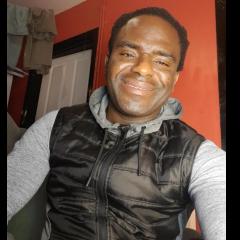Elgin pocket watch stripped threads
-
Recently Browsing
- No registered users viewing this page.
-
Topics
-
Posts
-
By HectorLooi · Posted
I have not attempted lume repair before but the idea is interesting. The uv glue might not bond directly with the old lume. I would probably mix the uv glue with a few drops of acetone before applying it to the old lume. The acetone would soften the old lume and allow the uv glue to diffuse into the surface and meld with it. Then allow a few minutes for the acetone to evaporate before curing it with uv. Most uv glues and varnishes have a layer of uncured resin that is caused by contact with oxygen in the air. This is the reason for the sticky surface after curing it with uv light. This uncured layer can be removed with IPA or by fully curing it by painting a layer of glycerin as the final layer to prevent contact with air, then curing it with uv. -
By watchweasol · Posted
Additional information for you, Have a look at the watchfix courses by our administrator. Mark Lovick for a little more in depth training. Watch_tools_tipps.pdf TZIllustratedGlossary.pdf -
The key is to try and find what the movement is and if there are no other numbers or markings on the movement then the next step would be using the like of BestFit based on the size and keyless works. The top one below is a Normal Bridle with no kind of end termination. What does the existing end termination look like.
-
By nevenbekriev · Posted
Daniel, I guess You actually asked if the accuracy of the watch was improved after jewels added. One would not expect such accuracy improvement. The watch accuracy depends on many things and most of them are related to the balance and escapement. Well, it depends what is considered to be a no jeweled watch. If this is pin pallet watch wit cone balance pivots, then, believe me, replacing balance staff with one with cylindrical pivots in jewels will only worsen the things. Cone shaped pivots in cup bearings actually work better than cylindrical, the only problem is that they wear faster. And, it will be hard to impossible to replace the pallet pins with ruby pins... The watch accuracy depends maimly on the balance and escapement adjustments ad it is no related to the presence of jewels. Adding jewels to the train wheel bearings may only lead to some amplitude increasing, and it is not sure too. -
Thank you so much! I'll experiment a bit with the UV glue and chalk and maybe eventually try to fill the hole. I'll report back!
-



.thumb.jpg.cb17a66989f1e796fd4217db2e9ca9df.jpg)



Recommended Posts